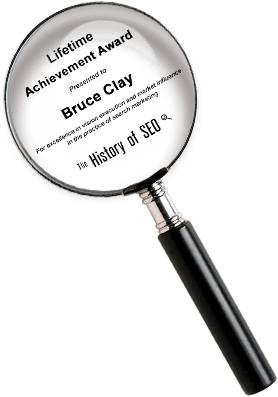How do I design a hub-and-spoke taxonomy for better topical authority?

Overview
Search engines reward clarity. If your site’s content is scattered, shallow, or siloed, it becomes harder for Google to understand your expertise — and even harder for you to win meaningful rankings. That’s where a hub-and-spoke taxonomy comes in.
Think of it as building your own knowledge architecture. The hub represents a broad topic, more of a central resource. Spokes are subtopics, content that supports the main topic. The hub-and-spoke approach demonstrates your authority on topics. It also gives users a better experience, improves your internal linking and gives you long-term visibility across SERPs.
When done right, a successful hub-and-spoke system positions your website as the go-to resource — for users and search engines — in your niche.
What I Think
Creating a hub-and-spoke model is your best bet for building topical authority that makes users and search engines happy. This is similar to Google’s knowledge graph, connecting related concepts to improve crawlability and content discoverability.
I’ve seen pillar pages that act as authoritative “hubs” consistently rank higher and engage more users — especially when each hub is surrounded by well-linked, in-depth “spokes” on specific subtopics. When done right, it’s not just about SEO — it’s about making your content strategy more intuitive, scalable, and effective.
Internal linking is key. It passes link equity and signals topic relationships. You can then pair up your internal linking structure with proper schema markup to increase your site’s semantic relevance and show Google exactly where your expertise lies.
Deep Dive: Strengthen Topical Authority With a Hub-and-Spoke Content Strategy
First, figure out what your main topic hubs are going to be. These hubs should be your core services, categories, or business areas. Then, research related subtopics and questions that users search for to form your spokes. Build your pillar page (hub) to cover the broad topic at a high level, and link out to each spoke article that covers a subtopic in depth.
Use structured data — like Article, Breadcrumb, or relevant entity schema — on both hub and spoke pages to reinforce the topical relationships. All of your spoke pages must link back to their hub; make sure the anchor text includes keywords.
Next, audit your internal linking structure with an SEO crawler. Look for any orphaned or underlinked spokes, making sure your sitemap reflects your content hierarchy accurately. Assess which hubs and spokes are receiving the greatest engagement. This will show you whether you should build more spokes, merge ones that are underperforming, or whether you should update older ones.
Multimedia elements like charts, videos and FAQs should be featured prominently on pillar pages. A visual map should be created and shared among SEO, content creation and development teams so new material is placed correctly and everyone stays aligned in terms of timeline and goals. Schedule quarterly reviews to expand, retire, or reorganize spokes based on evolving user needs or search trends.
24-Step Action Plan
- List your main hub topics
- Research subtopics and user questions
- Draft outlines for pillar (hub) content
- Define spoke topics to support each hub
- Implement schema to reinforce semantic connections
- Publish your hub pages first
- Add internal links from hub to each spoke
- Link each spoke back to its hub
- Use a crawl tool to validate your link structure
- Update your XML sitemap to reflect the taxonomy
- Track how users navigate between hubs and spokes
- Analyze click-through rates on internal links
- Expand content around high-performing spokes
- Merge or retire low-performing or duplicate spokes
- Rotate multimedia on hub pages to maintain engagement
- Document your taxonomy map visually
- Train content teams on how to use the model
- Schedule audits to keep taxonomy aligned with strategy
- Refresh pillar content regularly to keep it current
- Add new spokes based on keyword or trend research
- Archive outdated or redundant pages
- Maintain version control of your taxonomy map
- Share updates across SEO, content, and dev teams
- Continuously refine the model based on performance
Topics Covered: taxonomy design strategies · hub-and-spoke modeling · entity markup
About Bruce Clay Inc
At Bruce Clay Inc, we’ve been helping businesses structure their content for maximum visibility since the early days of SEO. We pioneered siloing and internal linking strategies that became industry standards—and the hub-and-spoke model is a natural evolution of that foundation.
Our team works with clients to design smart content taxonomies that match how people search and how search engines index. From high-impact pillar pages to optimized spoke content and link strategies, we help you build real authority in your niche.
Whether you’re building from scratch or restructuring your site, we’ll guide you step by step.
26,000+ professionals, marketers and SEOs read the Bruce Clay Blog
Subscribe now for free to get:
- Expert SEO insights from the "Father of SEO."
- Proven SEO strategies to optimize website performance.
- SEO advice to earn more website traffic, higher search ranking and increased revenue.

Comments are closed








